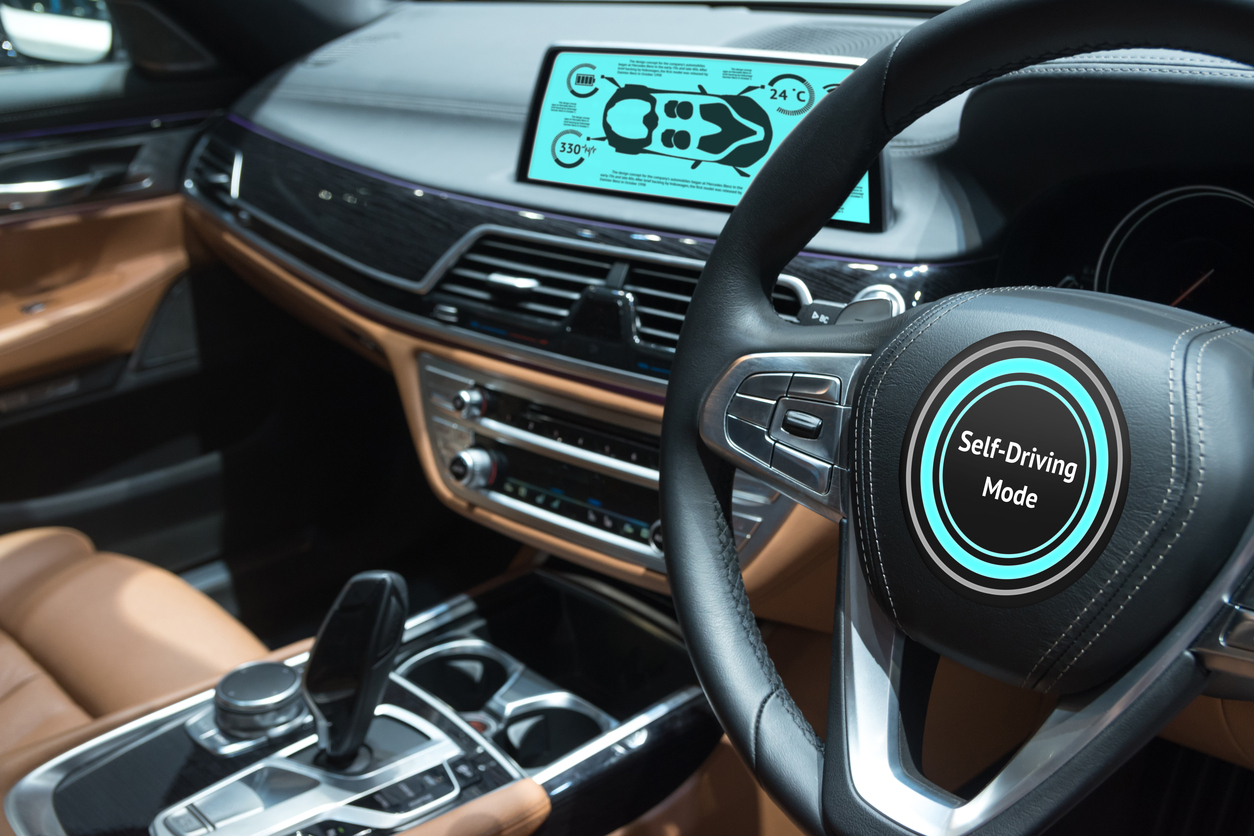The Insurance Institute for Highway Safety (IIHS), an industry-funded group that pushes automakers to make safer vehicles, reported on Tuesday that regular users of Super Cruise, Nissan/Infiniti ProPILOT Assist, and Tesla Autopilot "said they were more likely to perform non-driving-related activities like eating or texting while using their partial automation systems than while driving unassisted."
Approximately 40% of users of Autopilot and Super Cruise, two systems with lockout features for failing to pay attention, reported that the systems had switched off while they were driving and would not reactivate.
"The overarching message here is that early adopters of these systems continue to have a poor understanding of the
the limitations of technology, "IIHS President David Harkey stated
The research comes at a time when the National Highway Traffic Safety Administration (NHTSA) is investigating Autopilot crashes.
Since 2016, the NHTSA has opened 37 special investigations involving 18 deaths in Tesla vehicle crashes where systems such as Autopilot were suspected of being used.
Requests for comment were not returned by Tesla. Tesla claims that Autopilot does not make vehicles autonomous and is only meant to be used with a fully attentive driver who is ready to take over.
GM, which said in August that owners could use Super Cruise on 400,000 miles (643,740 km) of North American roads and that Super Cruise would be available on 22 models by the end of 2023, did not respond immediately.
According to the IIHS, advertisements for Super Cruise emphasize hands-free capabilities, whereas Autopilot evokes the name used in passenger planes and "implies Tesla's system is more capable than it really is." In contrast, the IIHS stated that ProPILOT Assist "suggests that it is an assistance feature rather than a driver replacement."
According to the NHTSA and automakers, none of the systems make vehicles autonomous.
Nissan stated that its name "ProPILOT Assist is clearly communicated as a system to assist the driver, and it requires hands-on operation. The driver is always in command of the vehicle."












